A guest blog by Anna Ten and Valentin Soldatov
The idea of tagging Egyptian Vultures was hatched a long time ago by our team, Dr Vladimir Dobrev (BSPB), Dr John Burnside (University of East Anglia), and us – local researchers, Anna Ten and Valentin Soldatov. Egyptian Vulture is a Red Data book species in Uzbekistan and available evidence suggests it is declining. We identified a need to understand the movements and migration of birds from Uzbekistan to better plan for its future in Asia. And with this in mind, we set out to satellite tag, for the first time, Egyptian Vultures in Central Asia in Summer 2021. The fieldwork was made possible with the financial support of OSME, the Oriental Bird Club and Hawk Conservancy Trust, UK. In the country, permission for tagging vultures was granted by the Institute of Zoology of the Academy of Sciences of the Republic of Uzbekistan and the State Committee for Ecology, and with the assistance of the Uzbekistan Society for the Protection of Bird (UzSPB).
Vladimir’s experience tagging vultures in Bulgaria and John’s tagging Asian Houbaras in Uzbekistan allowed us to immediately identify the necessary tasks. First, we selected the transmitter type – Ornitela Ornitrack 30 GSM satellite tags (Fig. 1). These are solar-powered and record a large amount of GPS fixes, which are then sent to us over the mobile network. The tags should transmit for several years.
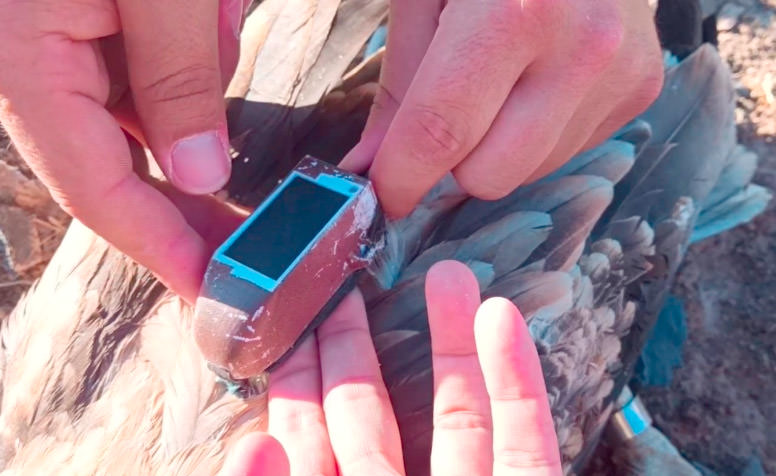
Second, we identified the project area – the central part of Kyzylkum Desert in Uzbekistan. We already had extensive experience in finding raptor and vulture nests in this area from surveys we conducted in 2017 under the Central Asian Desert Initiatives Fellowship. This region is predominantly flat desert but does contain some hilly areas and cliffs which are suitable for nesting vultures. The population of Egyptian Vultures here is low density and was thought to be declining in the 2011 Vulture Action plan compiled by UzSPB.
As vultures nest on cliffs, often with overhanging sections, the nests can be difficult and dangerous to access. To confirm the accessibility of the nests and the timing of work, we carried out a short survey at the end of May 2021 of known nesting sites, assisted by our colleagues Dr Elena Bykova, Dr Roman Kashkarov, Maria Gritsyna and Timur Abduraupov. We checked 10 vulture nests in the Kyzylkum desert, three suitable nests with recently hatched chicks were located (Fig. 2). Since the optimal age of young Egyptian Vultures for tagging is 65 days, we could plan our tagging dates. According to the plan we headed on again into the desert between 27 July till 4 August 2021.
Fieldwork in the Kyzylkum is challenging in August during the height of summer. The desert can reach temperatures of 45 degrees Celsius during the day, so we had to be careful and limit our fieldwork to early morning to avoid the heat for ourselves and the birds. Vladimir led the team in tagging, drawing on years of experience in the mountains of Bulgaria, and was able to safely guide the team to one of the almost inaccessible nests (Fig. 3). The team were able to tag four chicks from the three nests (Fig. 4): named Arys, Anya, Timur and Bukhara.
The juvenile vultures were removed from the nest, and their heads covered to reduce stress (Fig. 5). Transmitters were fitted using leg-loop Teflon harnesses and biometric measurements taken, after which the juveniles were placed back into the nests.
Upon returning home from the field, we eagerly waited to see what results the transmitters would give. We were not disappointed! Three of the birds successfully sent data (Bukhara’s transmitter sadly sent no data). Arys flew first (he has a blue marker). He migrated to Surkhandarya, south-east Uzbekistan, where he rested for several weeks, and only then flew on. At this time, Anya (grey marker) and Timur (burgundy marker) kept near their nests (Fig. 6). And interestingly, they flew immediately south.
All our fledglings began their migration between September 5 and 15, they flew for 7-8 days, during which time they flew from 1,500 – 2,300 km (Fig. 6). This fantastic video shows the migration routes in detail . Arys and Anya migrated to India, where they are now wintering. You can read a detailed account of their migration on the OBC News section
Timur took a very different strategy from the other too, ultimately flying 6,200 km to arrive in Yemen on November 2021. Timur made a very direct, clear migration south over the course of 7 days, where upon he “hit” the Iranian coast. He happened upon an area known to have resident Egyptian Vultures and frequented by Omani Egyptian Vultures. We thought he might remain there, but he then started to wander east in Pakistan then returning west following the Persian Gulf coast. Perhaps he was reluctant to attempt to fly over the Strait of Hormuz. Flying over open water can be risky for inexperienced vultures. However, he continued west and finally flew far enough so he could bypass the water and he continued southwest through Iraq, Kuwait and into Saudi Arabia over the course of several weeks. These areas of the Middle East are known passage areas for Egyptian Vultures. Timur arrived in southwest Saudi Arabia and then moved into Yemen in November where he has since remained. This area is a known important passage and wintering area for Egyptian Vultures migrating from Europe and the Balkans. These results have shown for the first time, that Egyptian Vulture populations between Europe, central Asia and Oriental Asia are connected through their wintering grounds and will share similar threats during their migration and wintering.
We will continue to monitor the movements of Timur, Anya and Arys and will be posting news about this on www.CentralAsianVultures.org where you can follow their progress.
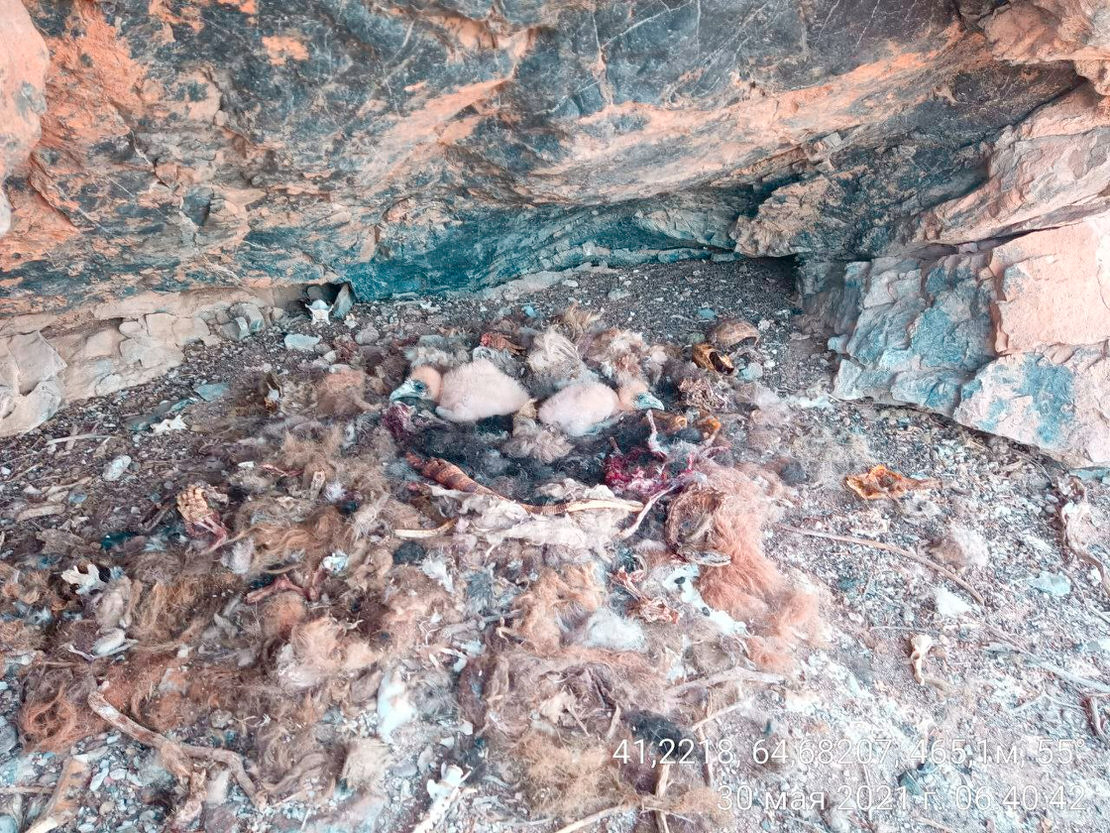
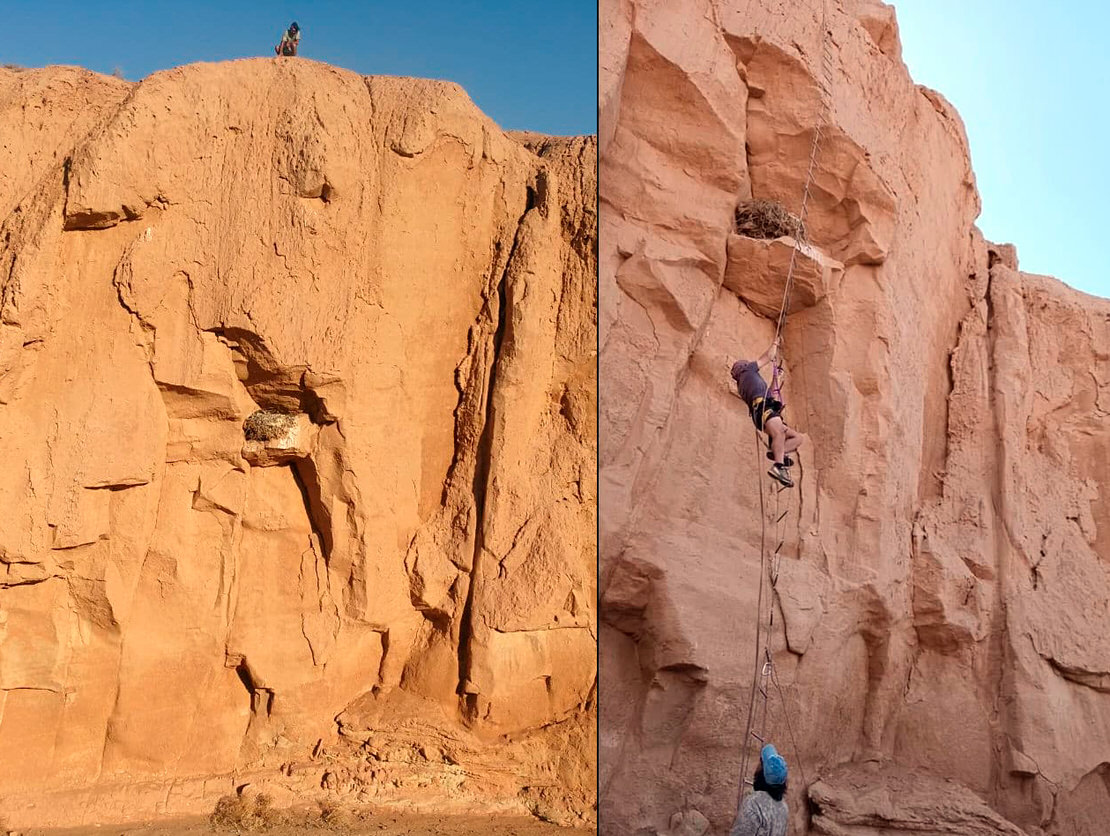
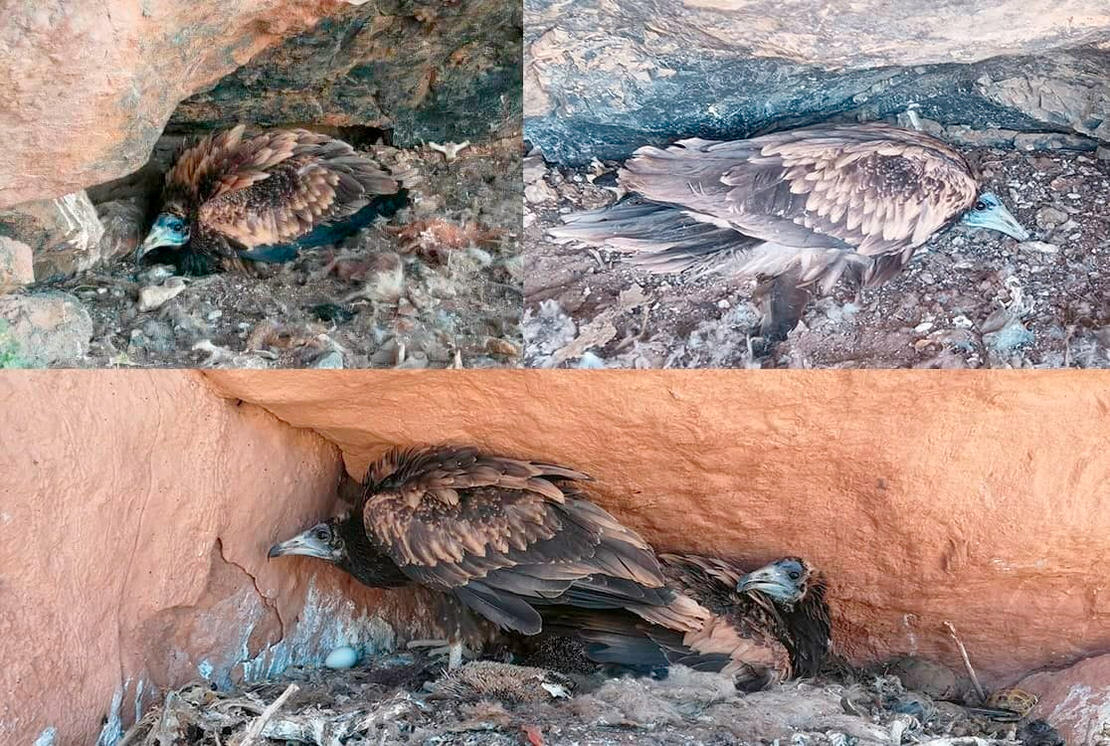
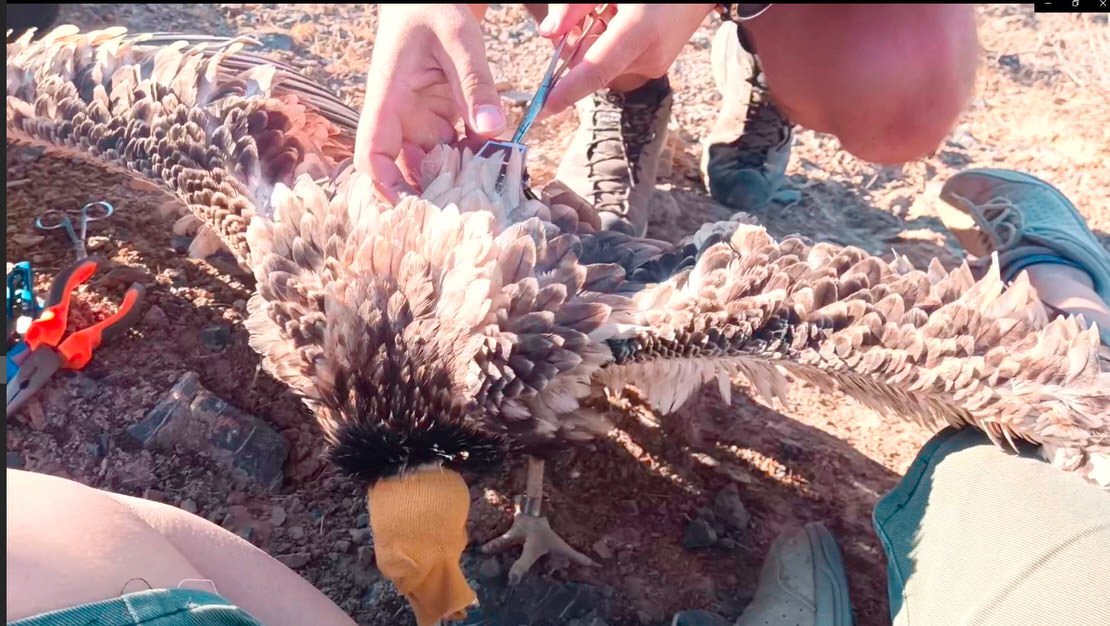
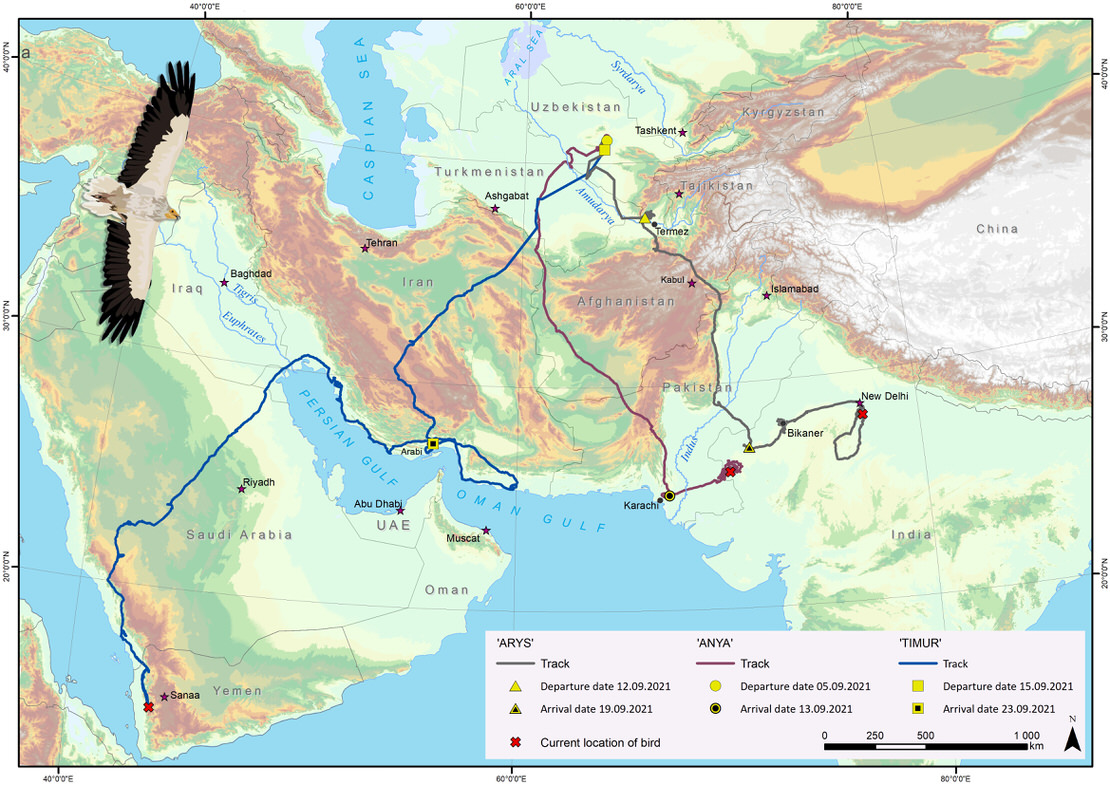

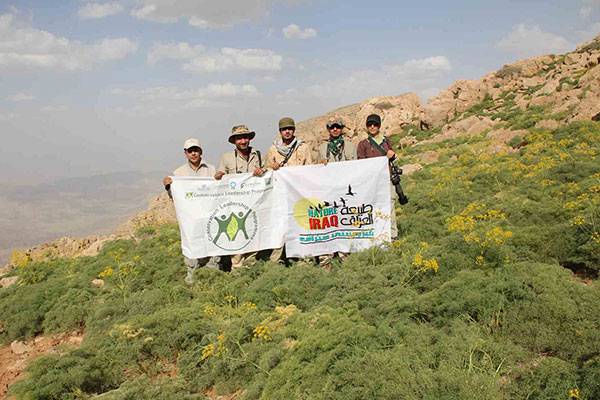
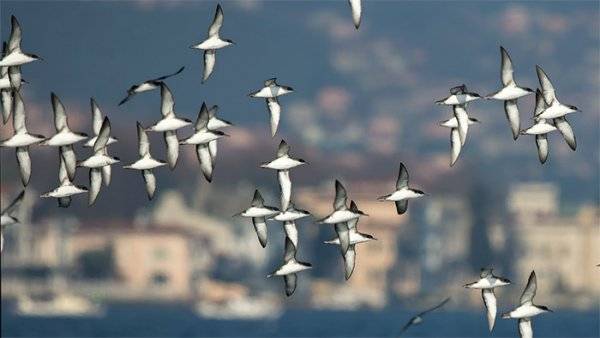
This is a fantastic study